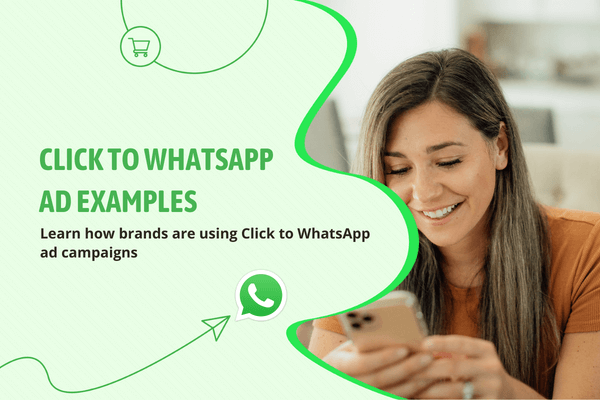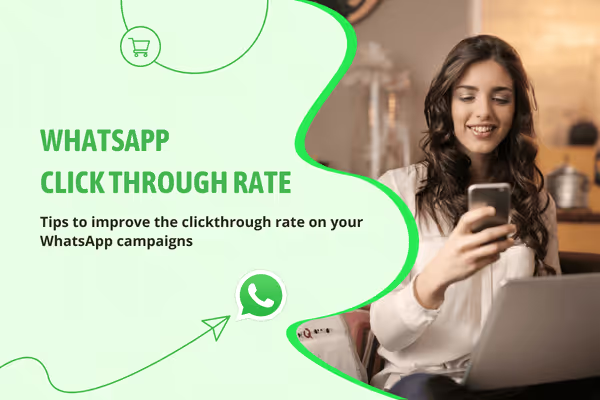What is the difference between CTWA and CTID?
CTWA (Click to WhatsApp Ads) opens a WhatsApp chat directly from a Facebook or Instagram ad.
CTID (Click to Instagram DM) does the same but opens an Instagram DM thread instead.
Both shorten the journey from ad click to conversation, but they serve different platforms and user habits.








.jpeg)

